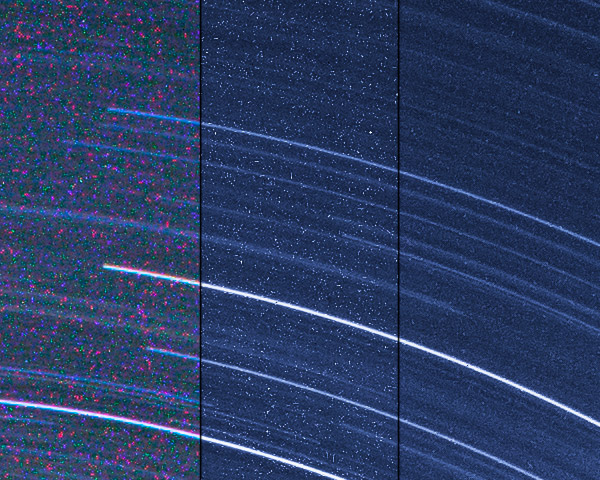

Hopefully, with that checklist complete you can focus more on the subject and the scene rather than the technical grit that comes with ISO noise. Make the noise worse in an image editing software, look at it for a while, then remove it, are you now happier with it?.Can you do anything to correct it in image editing?.
#Dslr dark noise professional
Compare it to similar professional images online - is the noise much worse?.Zoom out to a thumbnail, is the noise still noticeable?.Does the noise in the photo obscure details which you deem important in the photograph?.Is your subject/scene sharp where you intend it to be?.If you're a photographer who's worried about high ISO noise, or photo noise in general, there's a few tricks you can do to stabilize yourself so you don't end up worrying unnecessarily. Live music, concert, and gig photography - all known to be taken in low light situations and so the viewer assumes that it might be noisy, gritty, punched with textures, and so on. There's also the expected quality from the viewer that matters. However, shooting something live, off-the-cuff, or documentary style you might find that isn't possible. If you have all day, or several days to set up a shoot, light it, style it, meter the light, test shots, and more, then you might be able to afford a lower ISO. Timing is another important factor when it comes to shooting with high ISOs or not. If you need a photo that is crisp, clear, and technically perfect then perhaps shooting at high ISOs won't help you. Of course, it completely depends on what the intended outcome is. It's about the photographic content, the subject matter, and how you want to portray your scene. Have a look at Jeff Widener's "Tank Man" or "Alan Kurdi" by Nilüfer Demir, neither of those shots are completely pristine as you might expect from, say, a commercial studio shooting fashion, but it doesn't matter. Lastly, I should say this: who cares if there's noise in it? Does it really matter? Some of the most famous and influential photographs in the world have plenty of noise. Bear in mind this is ISO 4,500 and we can edit shots to look like it was shot at a much lower ISO.

Well, look at a super close crop of the image, we're able to preserve the details in the eyes, nose, hair, and rest of the face whilst also reducing the noise in the shadowy areas on the right of the image. "Does this really make a difference?" I hear you say. All I'm going to do is import the photo into Lightroom Classic, head to the detail panel, and up the Luminance slider slightly while adding in a little from the Detail slider to preserve details in the face.
#Dslr dark noise software
But even then, image editing software is incredibly useful for removing a lot of this interference if you do suffer from it.

Keeping an eye on your exposure triangle and trying your best to balance all three settings is crucial to minimizing ISO noise and should be your first port of call to avoid noise in the first place. Processing power and in-built firmware processing have advanced massively since then so you can happily shoot ISO in its thousands if not tens of thousands without issue.

And this noise-handling technology is seven years old. Notice much of a difference? No, me neither. One is taken at ISO 4,500 and the other ISO 12,800. Let me show you what I mean, below is a shot taken on a seven-year-old Nikon D750. With a swift de-noise filter you can turn down the volume of noise across the entire frame, maintaining detail in the scene at the same rate, rather than removing it harshly from one area and hugely affecting the details in a spot that doesn't have a noise complaint. This improved ISO noise handling comes in handy when image editing in Lightroom for example, because removing noise that is uniform across the image is much easier than editing a shot with patches of noise (such as in the shadowy parts of a frame). There are noise-handling algorithms built into the camera's processing that aim to specifically reduce high ISO noise and help to keep it uniform and minimal across the entire frame. However, the technology in modern digital cameras is so sophisticated that high ISO noise is much less of a problem. That's because a lower ISO gives less noise and reportedly a better dynamic range/clarity in the shot. The rule of thumb is to keep ISO as low as possible to avoid the noise interference. Modern cameras are well-equipped with noise reduction technology to help keep interference to a minimum, or at least uniform across the frame High ISOs can keep shutter speeds faster and apertures narrower for handheld shooting in low light or to achieve a longer depth of field.


 0 kommentar(er)
0 kommentar(er)
